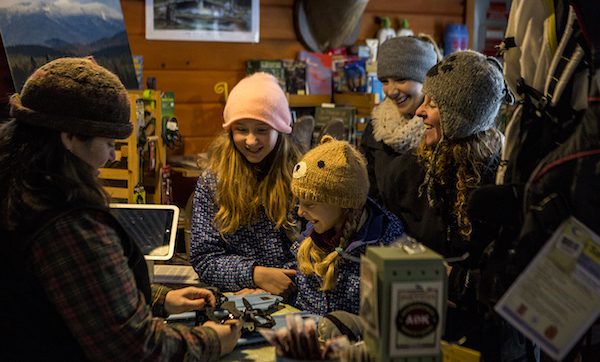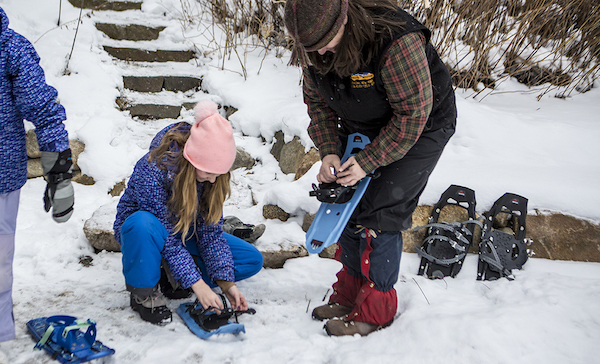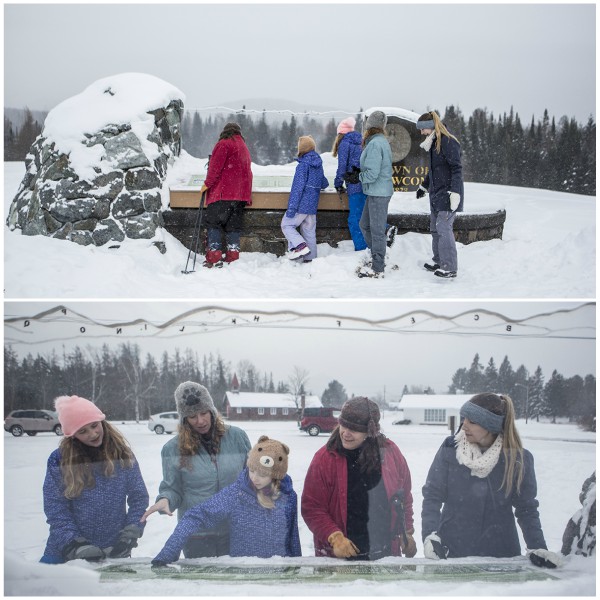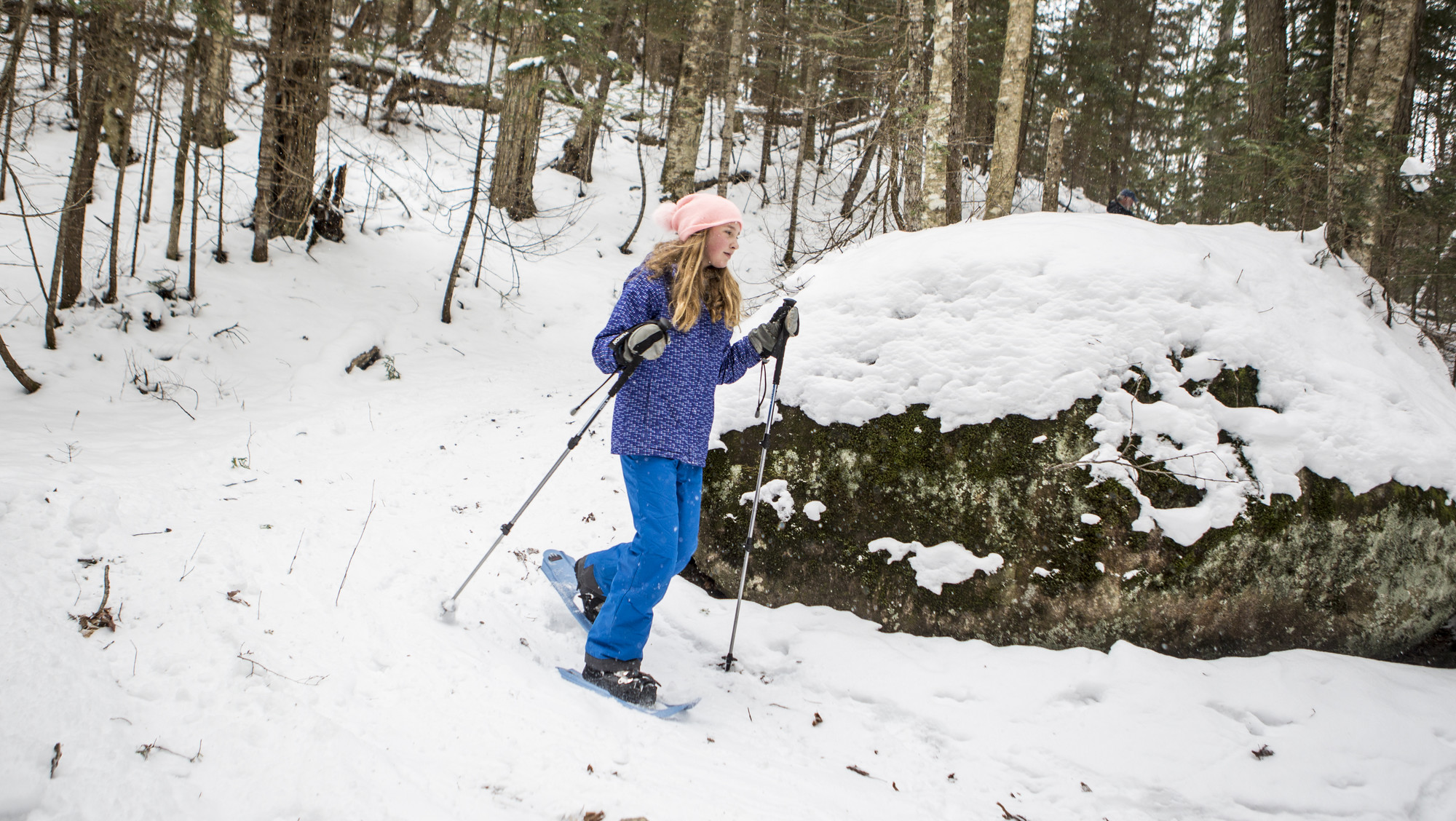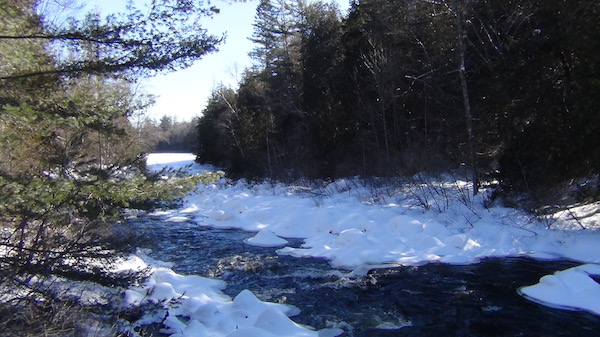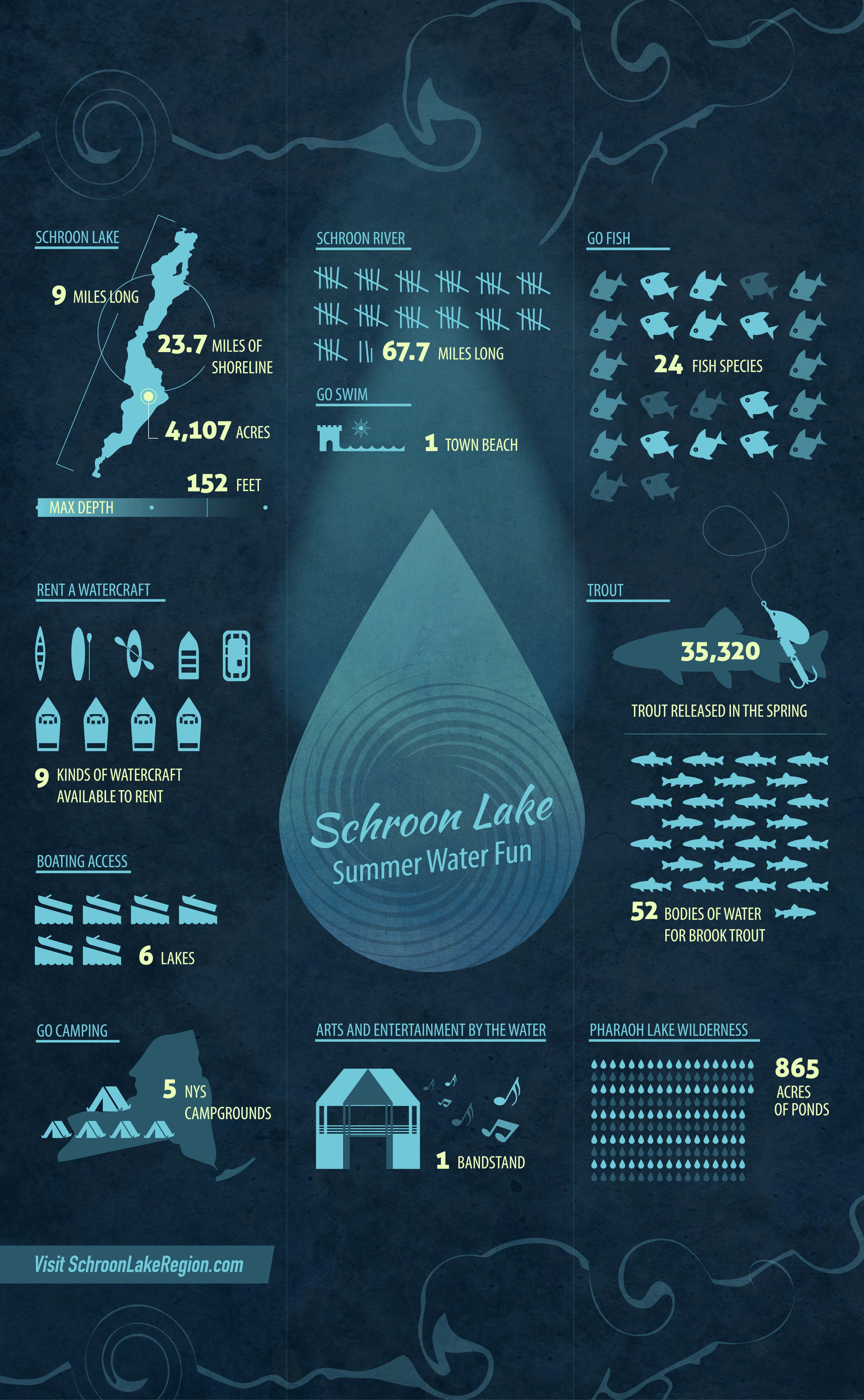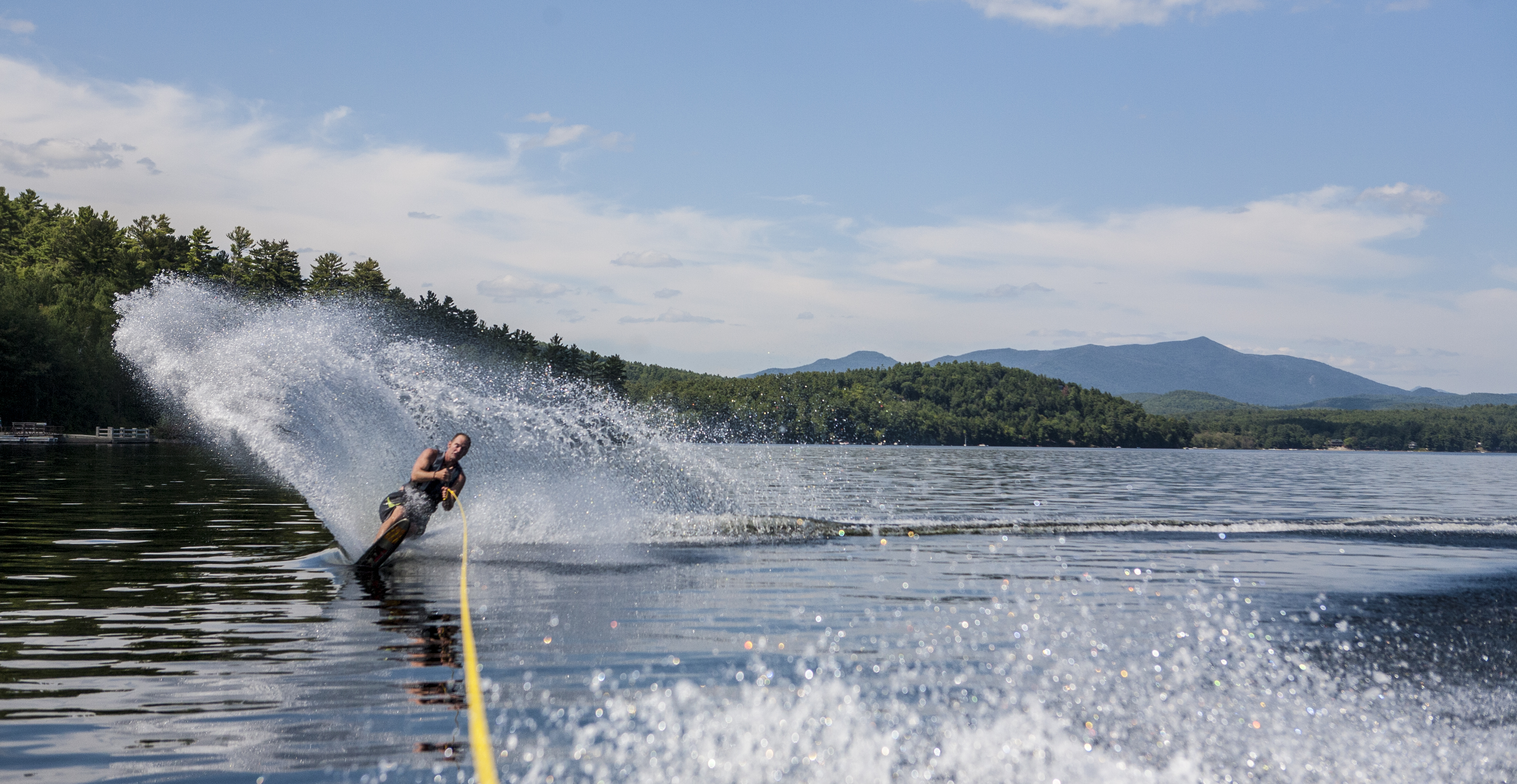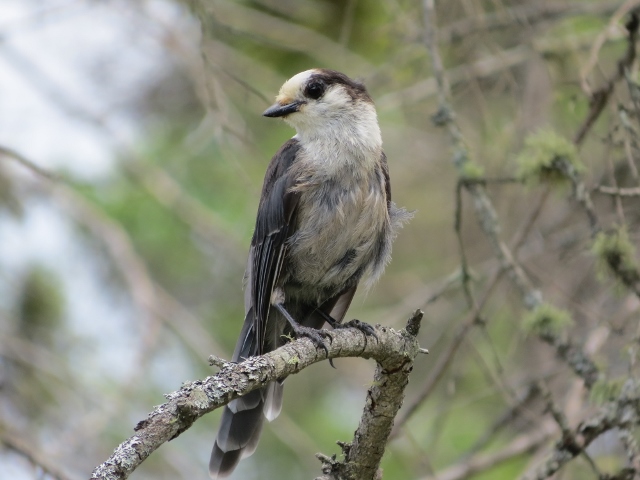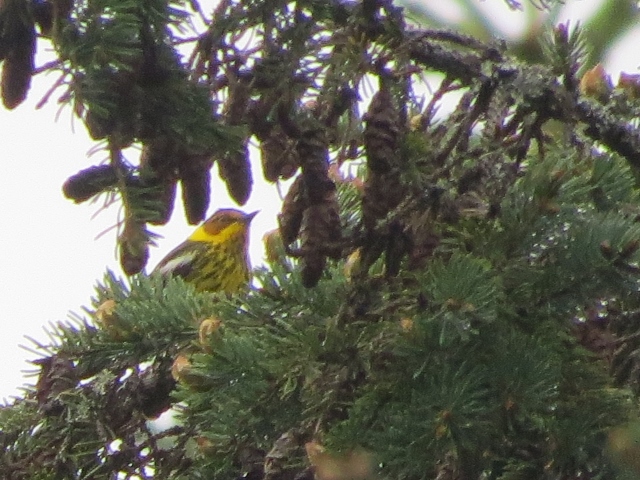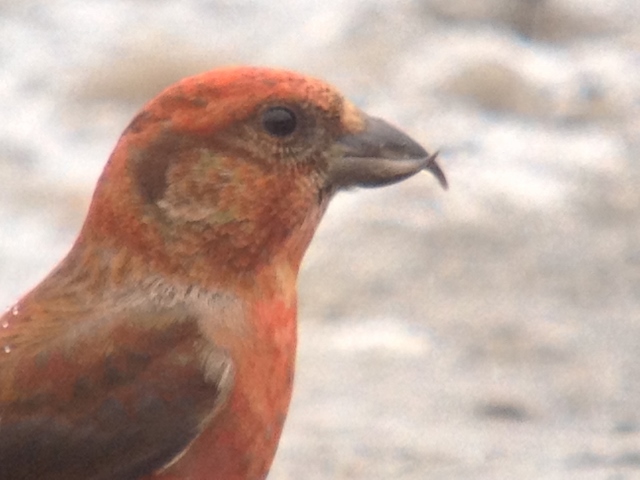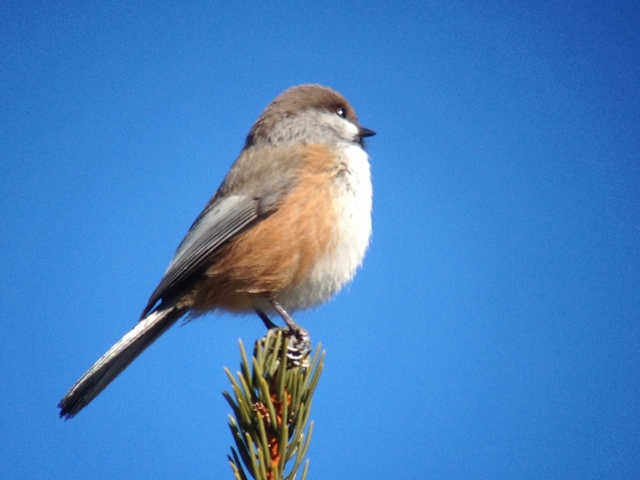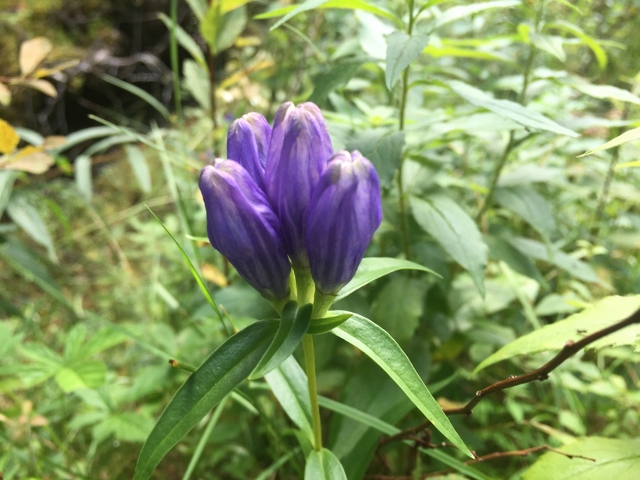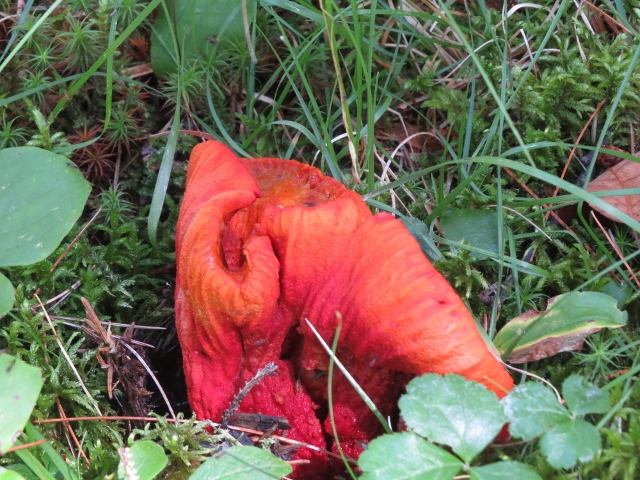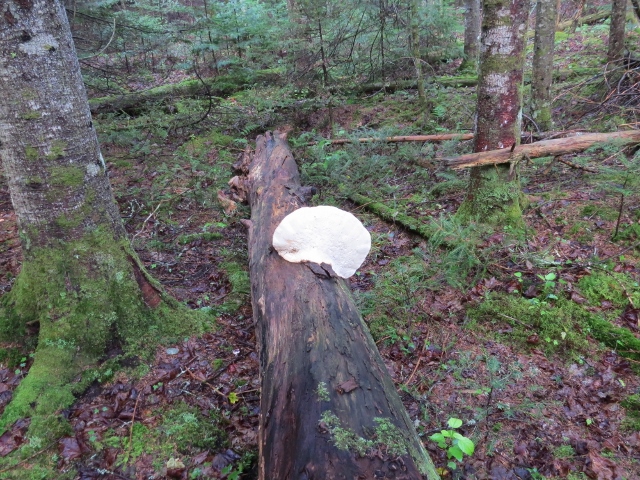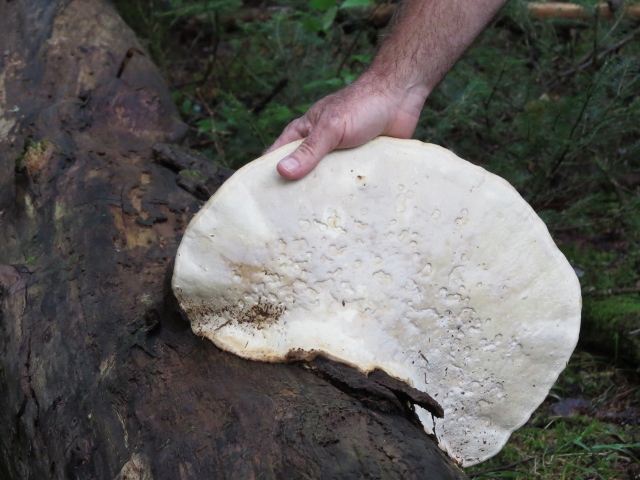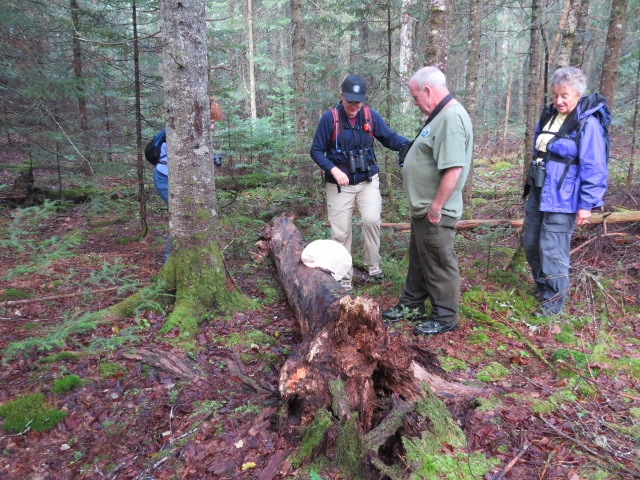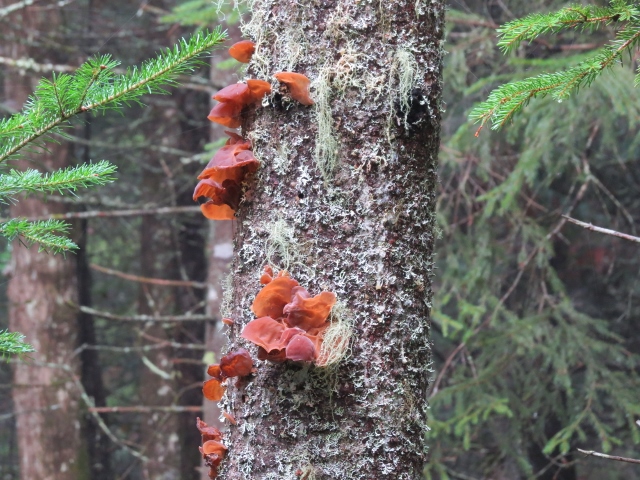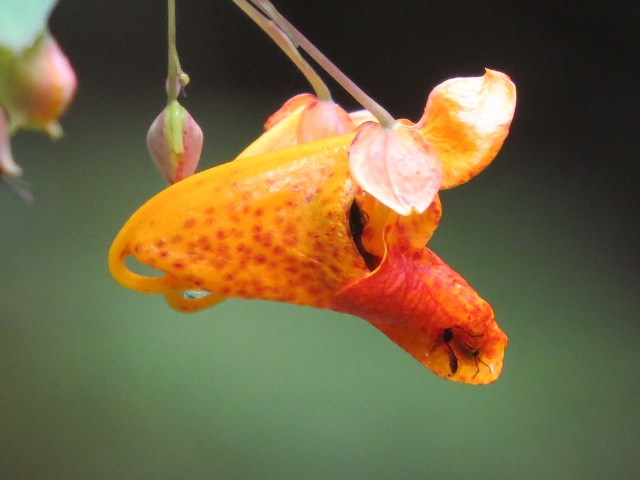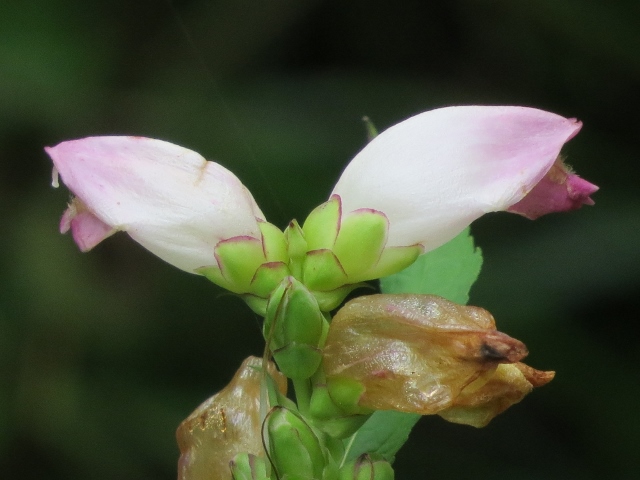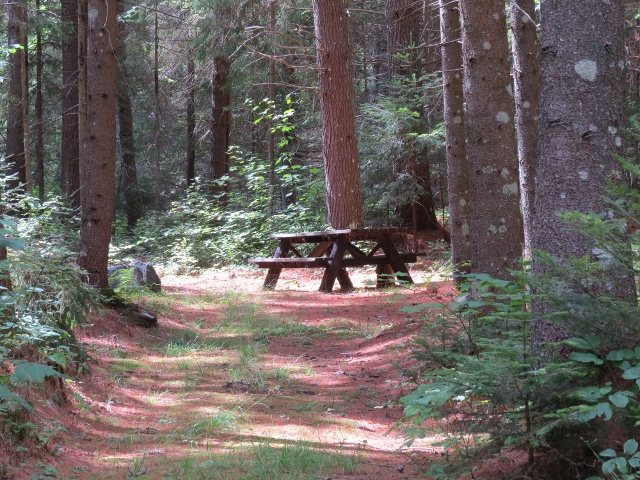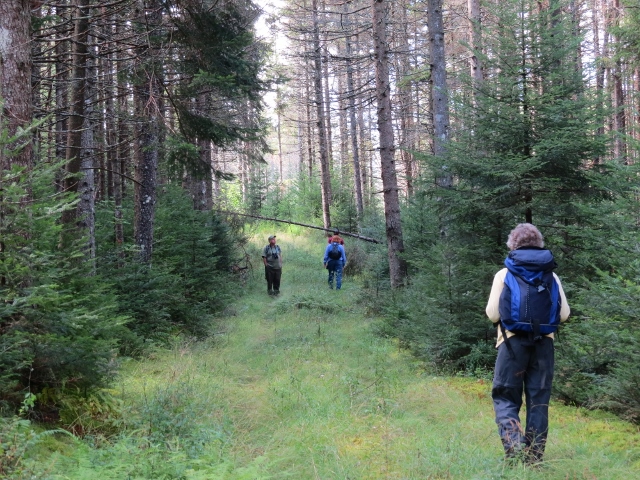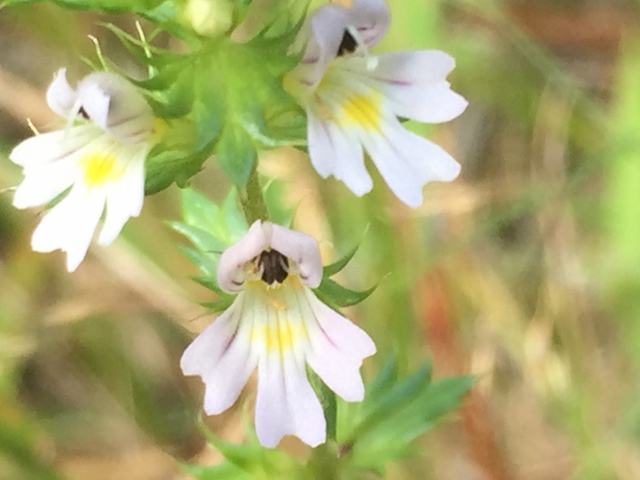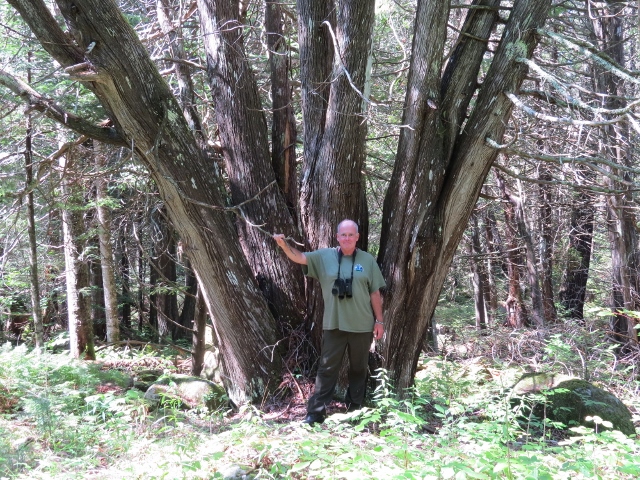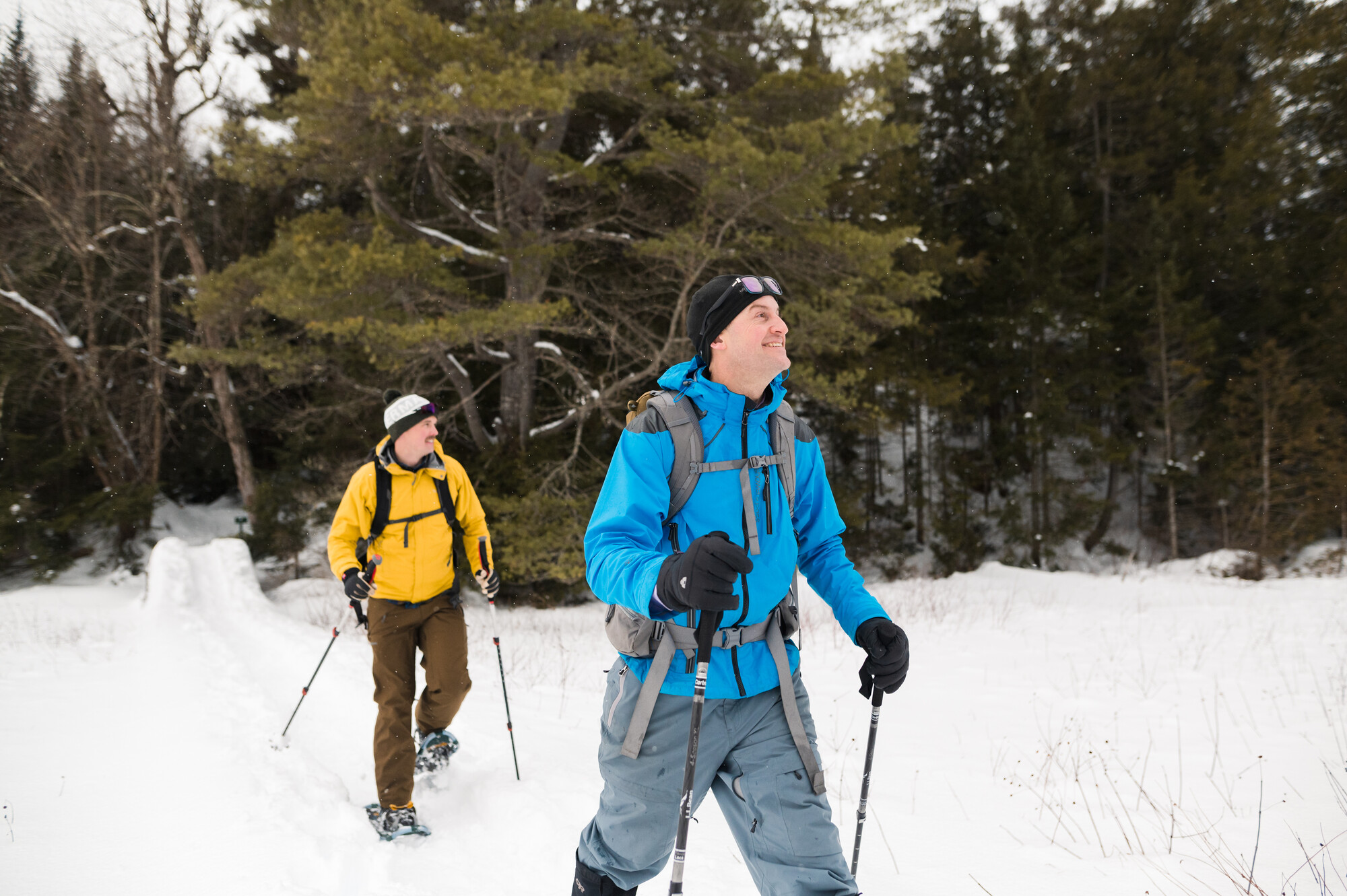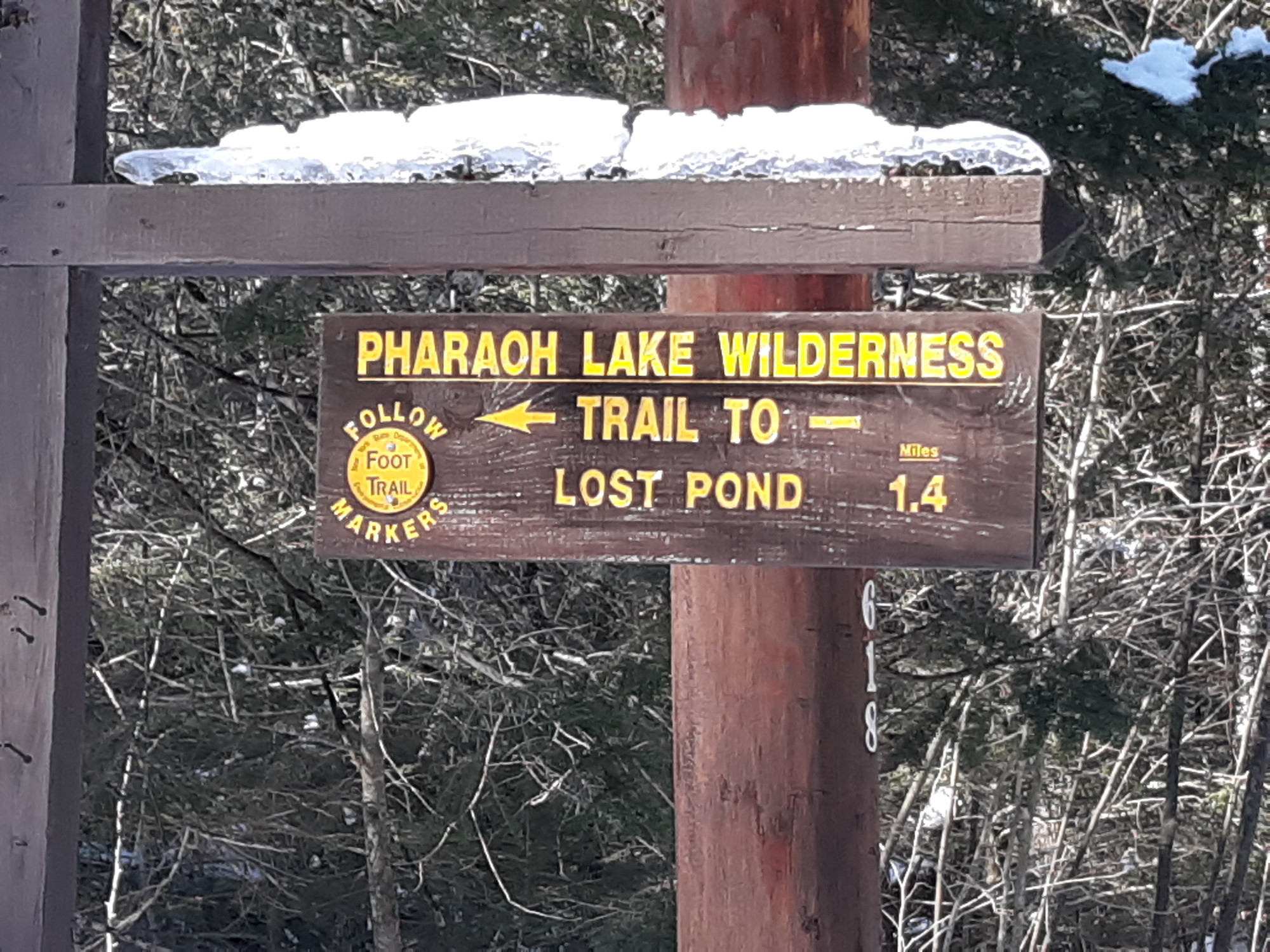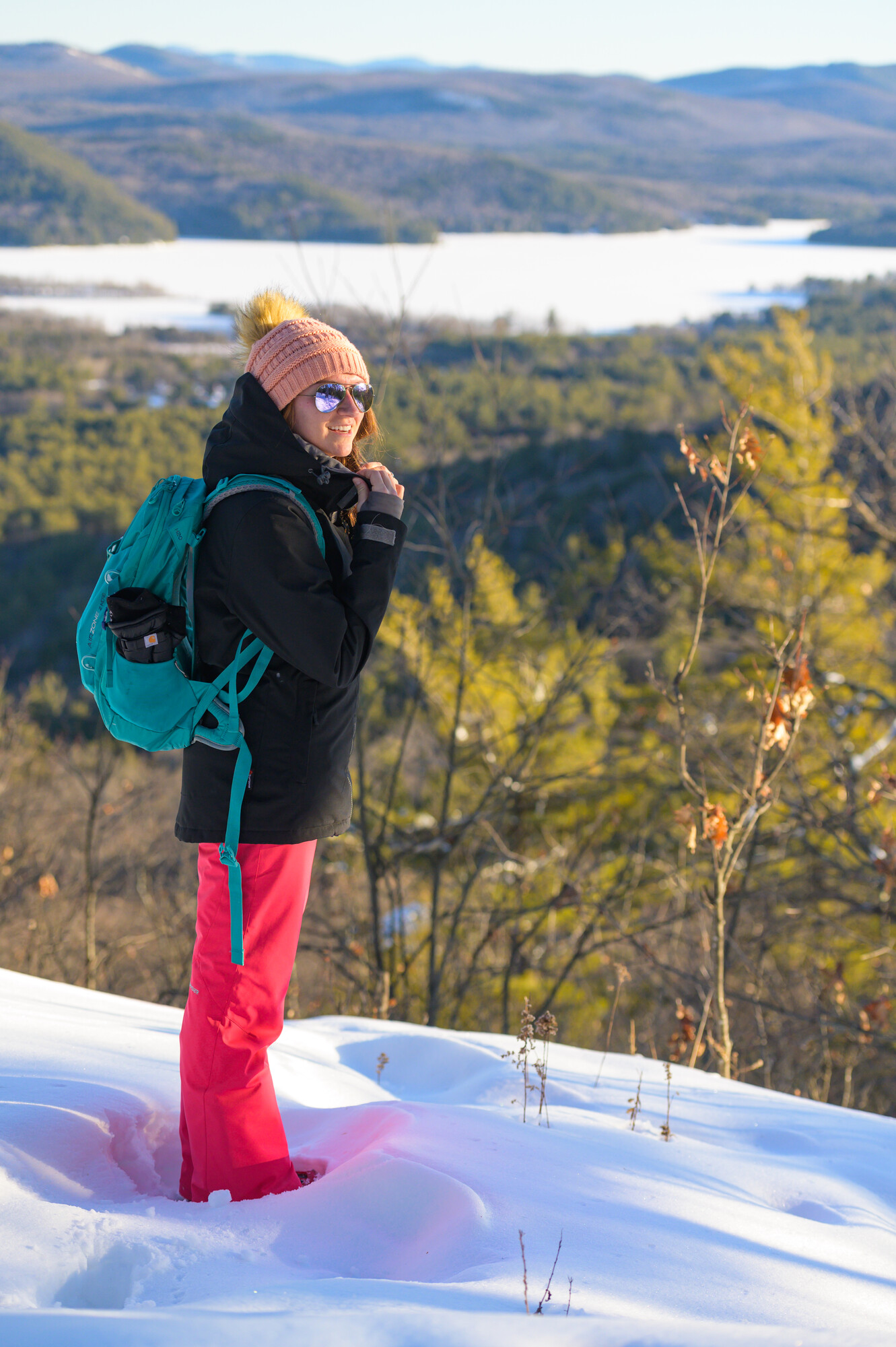Kid Hikes Near Water
A great motivator to get kids to enjoy hiking is to present a destination. While the view from a mountain peak is a great motivator, it might be too much for younger children. But getting to a pond or a river works just as well.
These hikes have other advantages for tiny feet. They have minimal elevation change, possibly smoother trails, and are short enough to let us reach the goal before a child loses interest.
Here are some top picks to try.
Super easy
Take the Hewitt Eddy Trail for a scenic, 2.4 mile round trip.
For smaller children, there's a much shorter and smoother option for reaching the riverbank. As seen below, the regular trail can be muddy and rocky (left) while the alternate trail (right) has only a few challenging stretches as it drops to river level.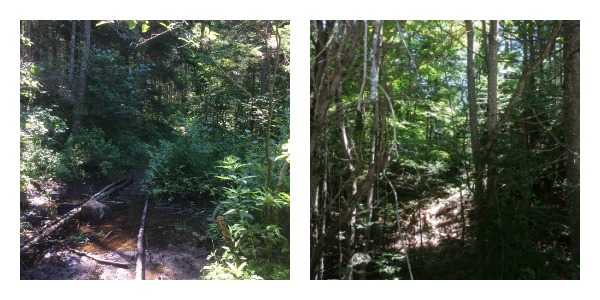
To reach this super-easy option, cross the road across from the trailhead sign. This is a short seasonal road leading to some primitive camping sites. Walk down this road until we come to a pretty little meadow on the left. A simple stump marks the start of this side trail.
Following this trail down the riverbank leads to a fine view of the Boreas River. If we have a tiny hiker, this walk up the road, exploring the meadow, and getting down to the riverbank might be enough of an outing to both wear them out and keep their interest.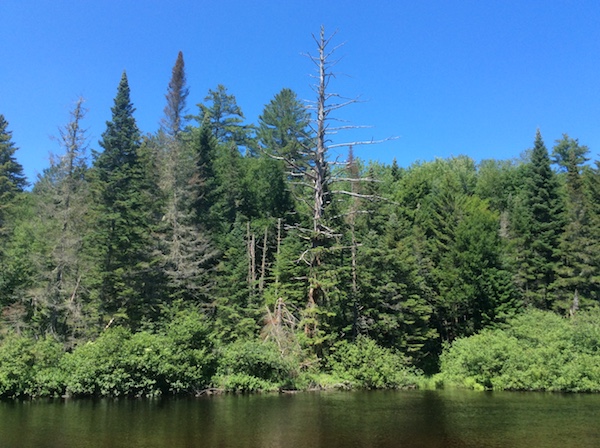
However, this might ramp up some enthusiasm for "more more!" If so, you can more confidently take them on the Hewitt Eddy Trail, and you don't even have to get to the end, as much of the trail follows the riverbank here, too.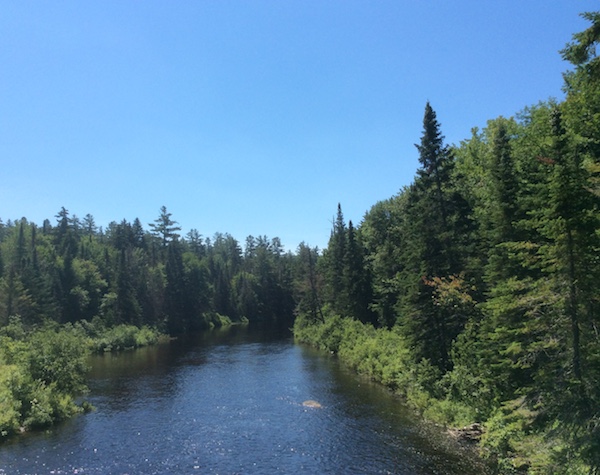
Another delightful short hike, just a bit south, is Rankin Pond. This trail has a lot of lovely variations along its length and a photogenic pond at the end.
Fast trip to falls
Just a few miles from North Hudson, along the very scenic Blue Ridge Road, is the Blue Ridge Falls set of little trails. There's a small parking area.
The first glimpse of the river and the falls appears within minutes.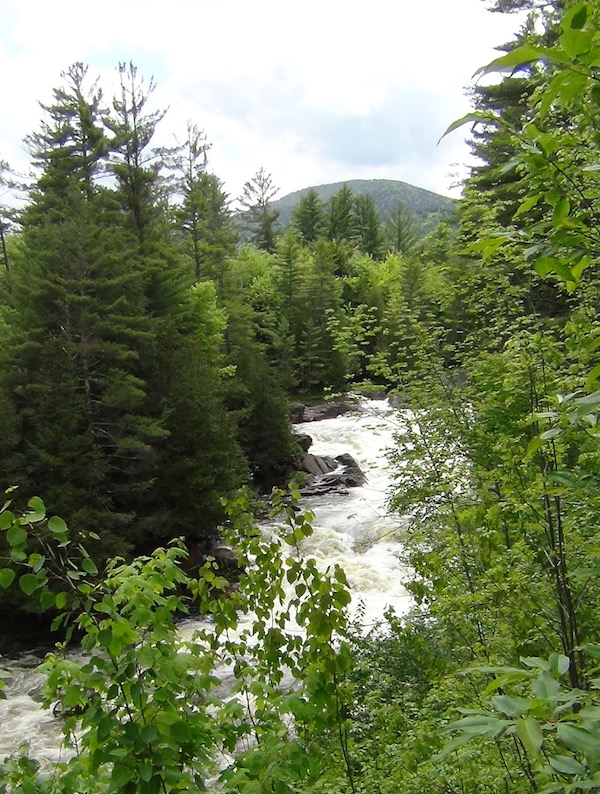
The trails wind along the river, some closer, some more in the forest, but while the ones near the rocky shore can be lumpy with tree roots and rocks, some of the forest trails are broad and lovely.
Most of the trails have the music of the roaring falls nearby to make a delightful sensory feast. Most of the trails are cushioned by fallen pine needles.
Be careful near the river; it is moving at a fast rate and there's a lot of mass in that much water.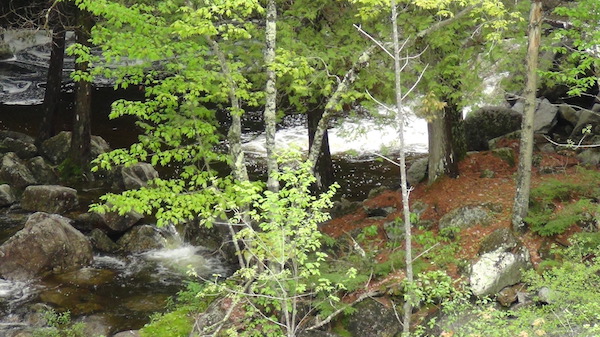
The sun and shadows offer a lot of contrast, and parts of the river are dark with overhanging trees.
Have a break, a snack, and a browse at the nearby Adirondack Buffalo Company. Yes, real buffalo.
Road to adventure
I really like the Cheney Pond Trail, which is near the middle of Blue Ridge Road. This is another easy trail because it used to be an access road, so even though it is only a mile round trip, it's an even faster mile than it would be along a typical Adirondack hiking path.
While this makes for easy, sunny, walking, do not try to drive down what remains, even with a rugged vehicle and high clearance. There's a caved-in culvert and some big rocks that will probably make you regret the decision. And...there's no place to turn around.
For walking, it's excellent. There's a gradual descent, lots of wildflowers because there's plenty of sun in the center, and varied forest compositions to observe along the way.
There's a stretch at the end where we can start glimpsing Cheney Pond. There's also a fantastic picnic spot when we are almost at the shore, so pack some sandwiches and cookies for fine waterfront dining with a view.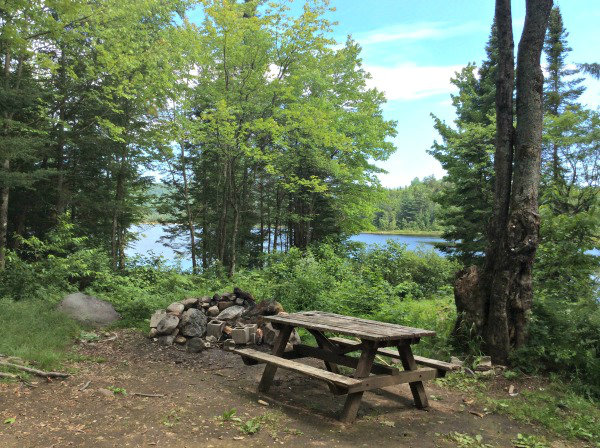
Cheney Pond itself is very scenic, with a distant mountain range, varied shoreline, and some big, very rugged, rocks scattered along the entire shoreline.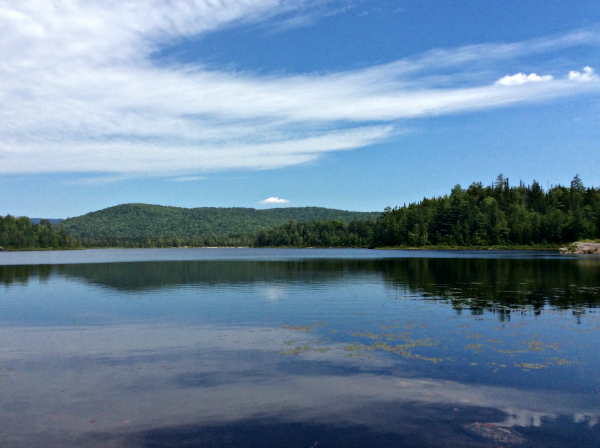
If everyone is ready for more, the Tahawus mines are only 5 miles away, near the intersection of Blue Ridge Road and Route 28N, reached along Route 25. The mines themselves are closed, but the old works makes for some fascinating, level, walking.
Choose a fun place to stay. Tame that appetite with our dining choices. Explore more of our fine hiking.
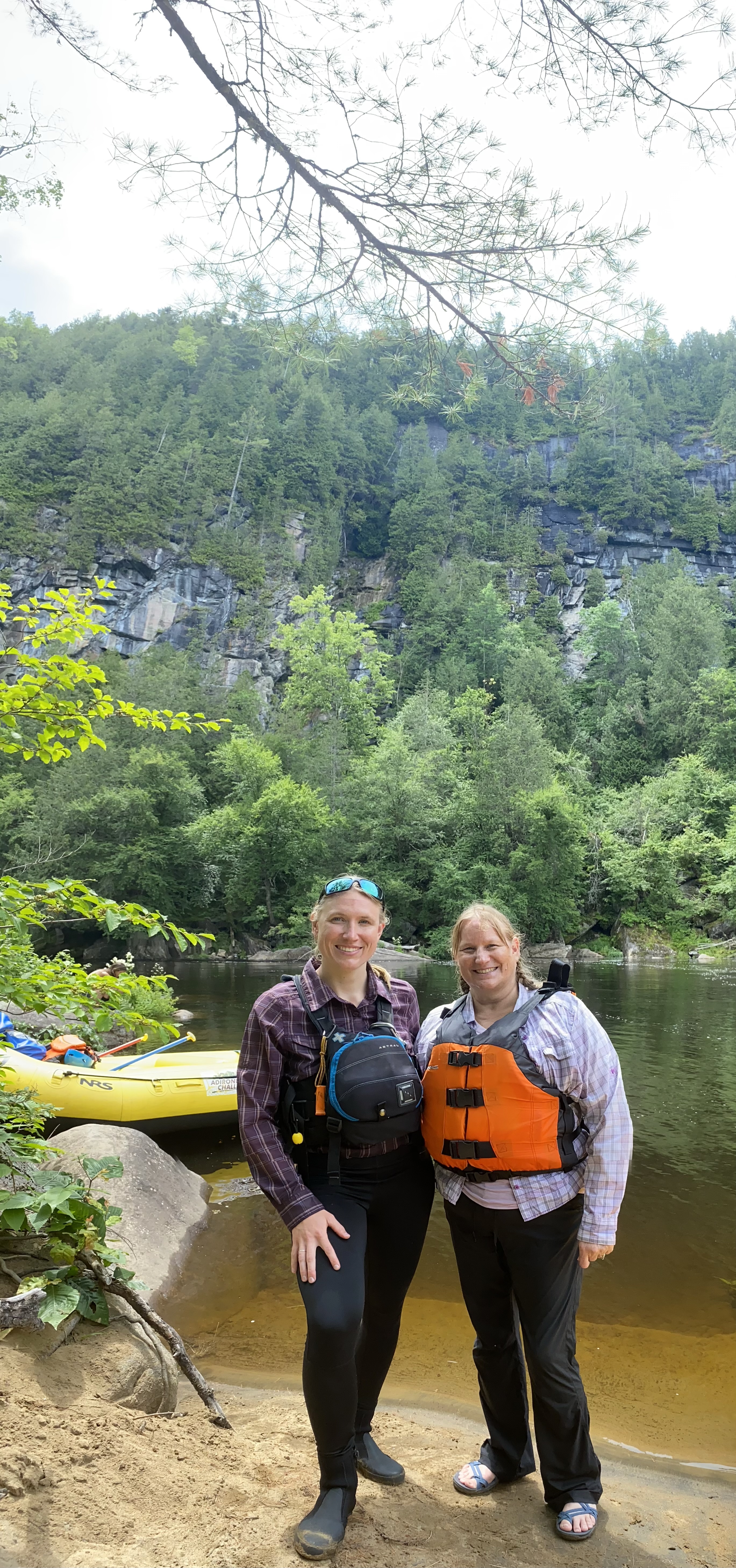

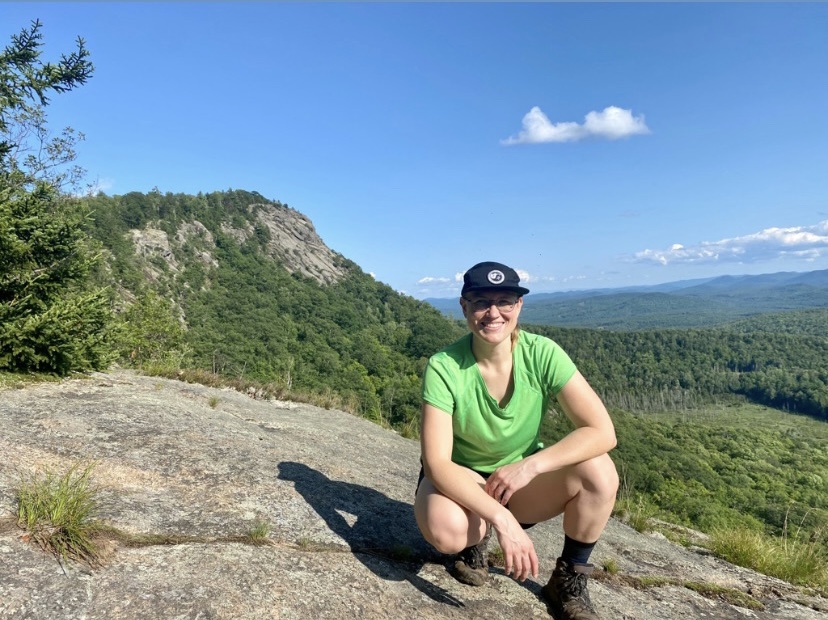

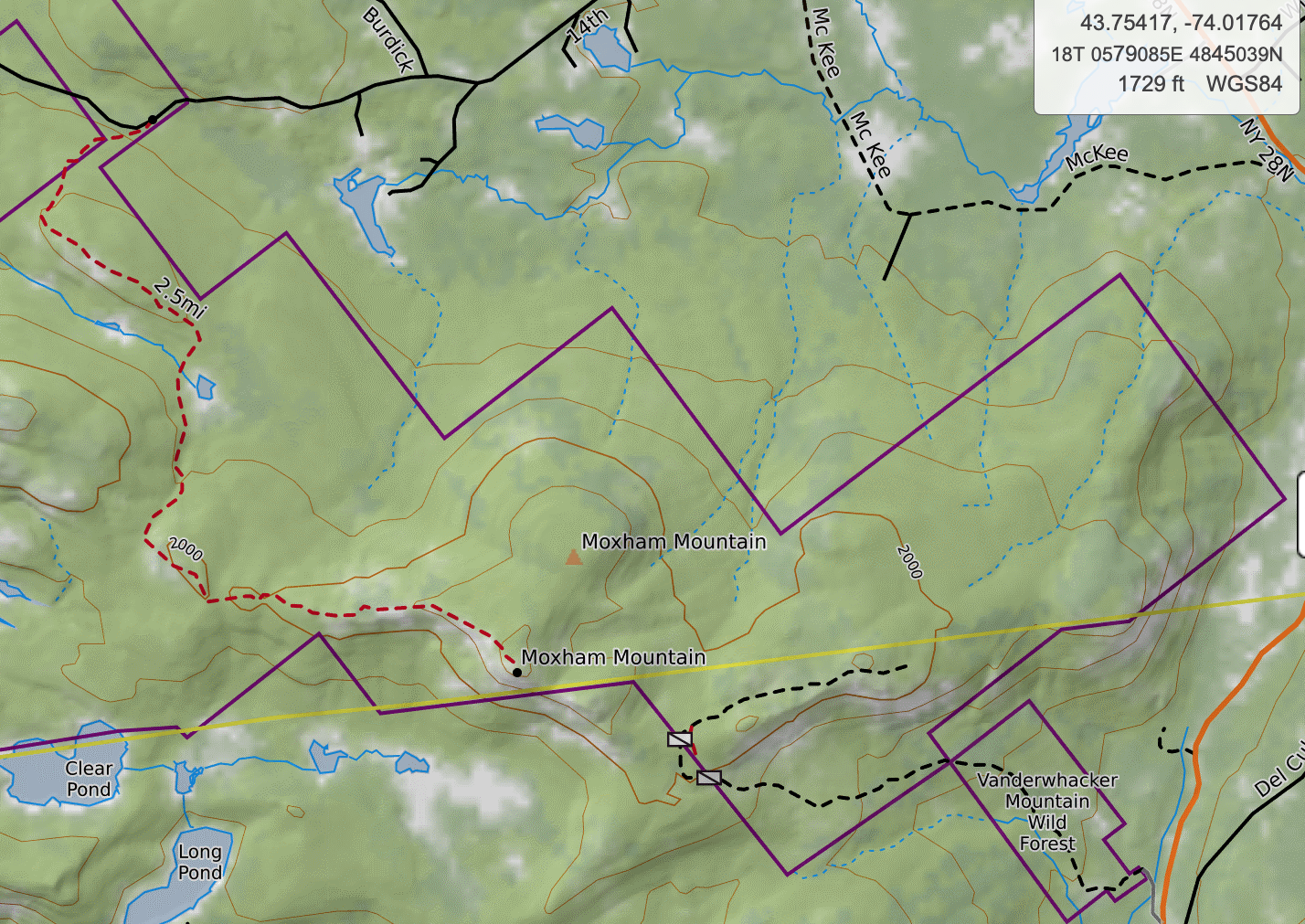

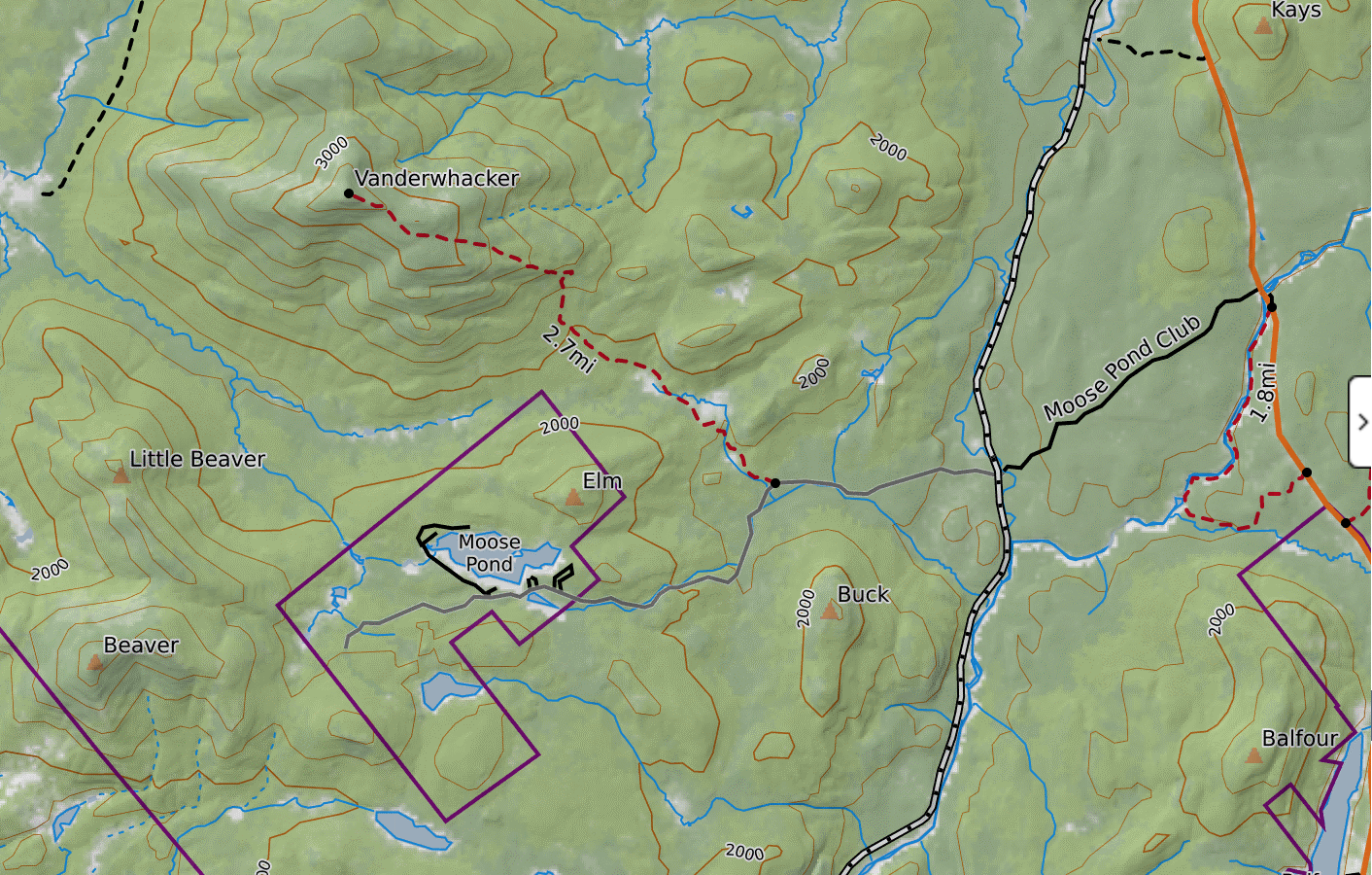
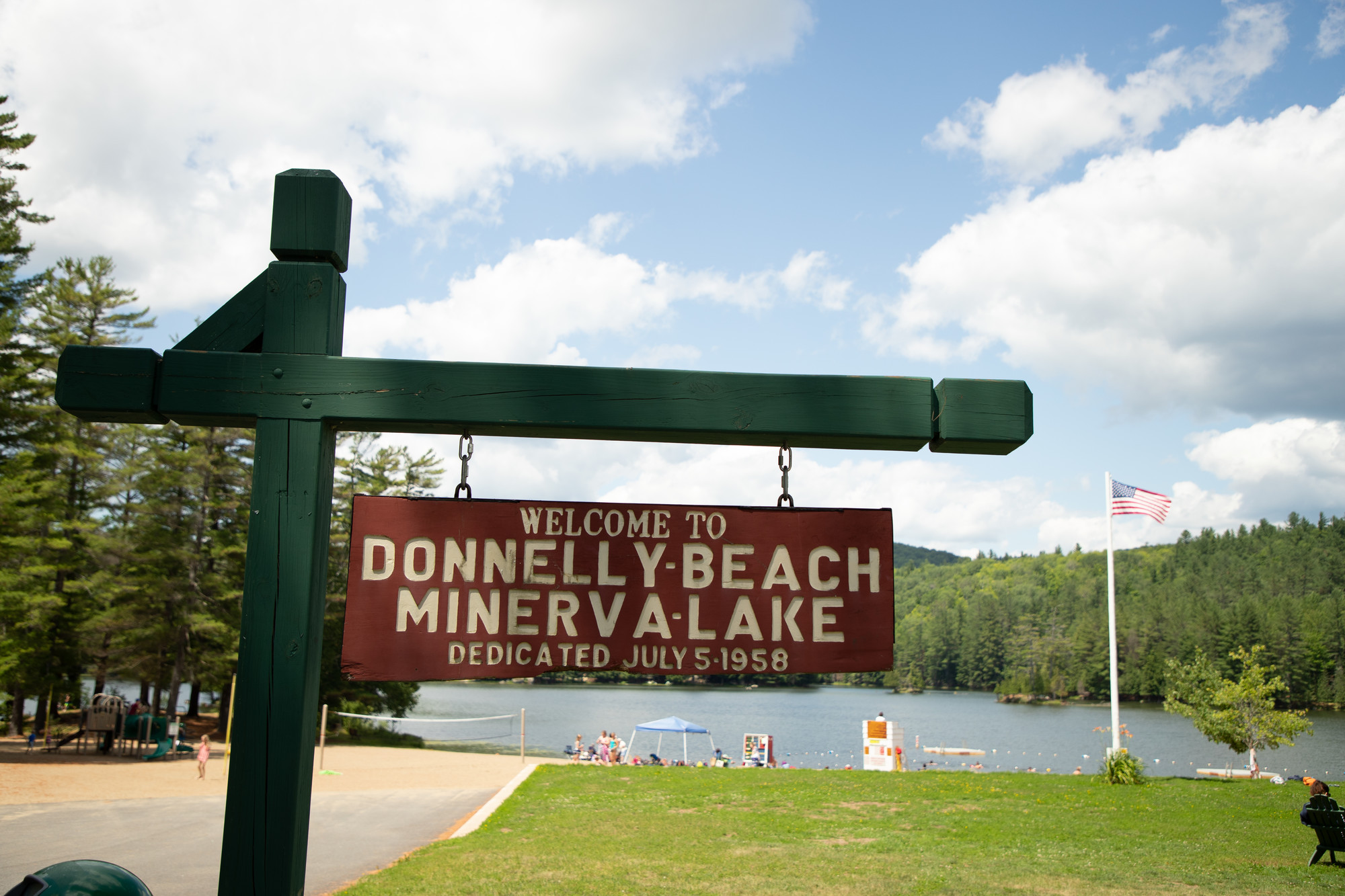
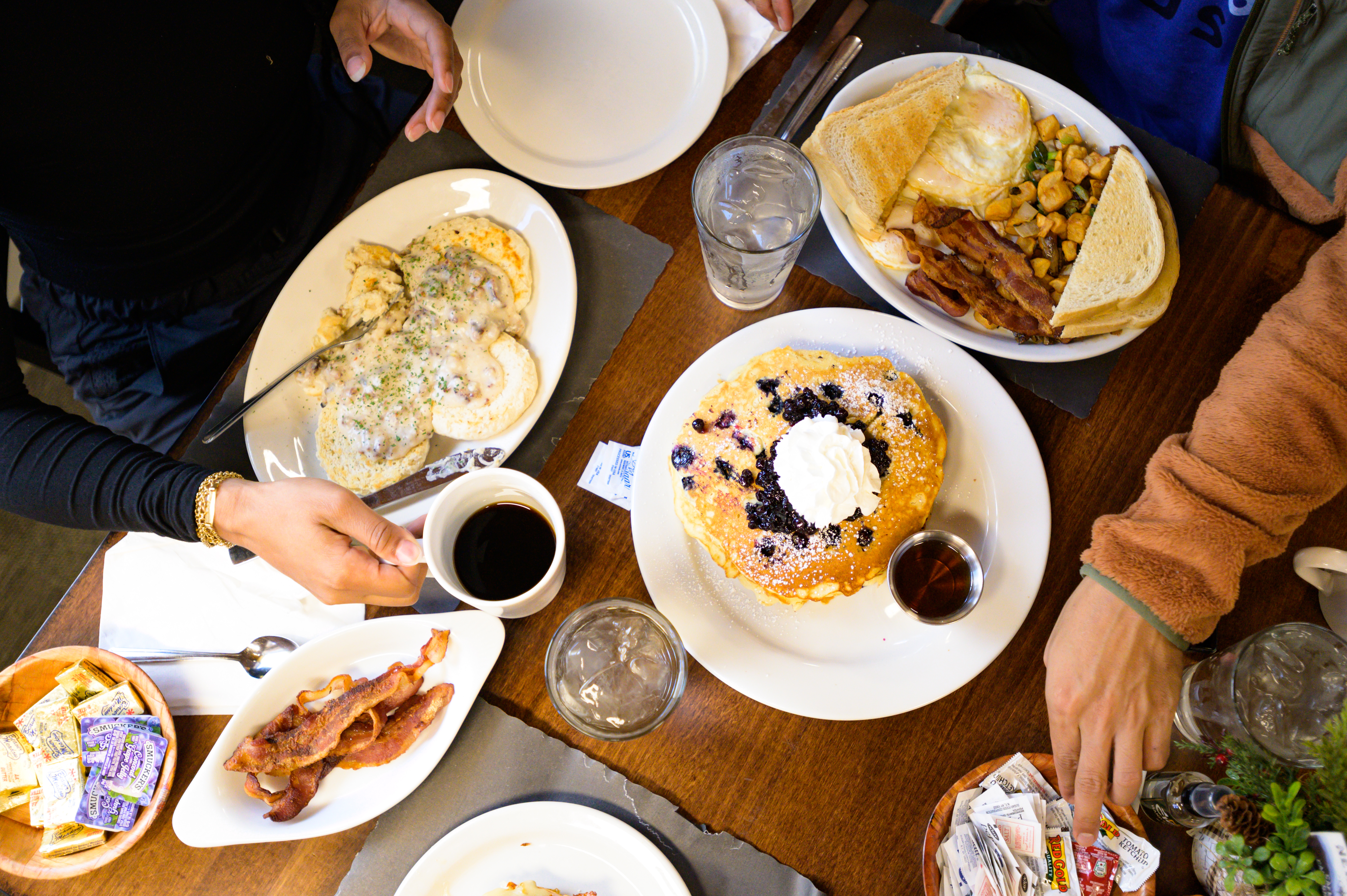
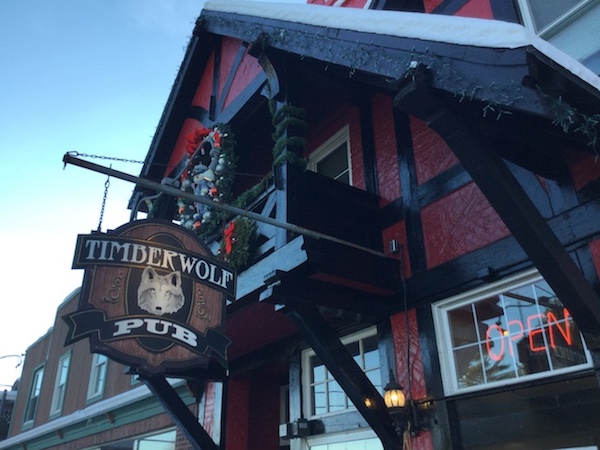
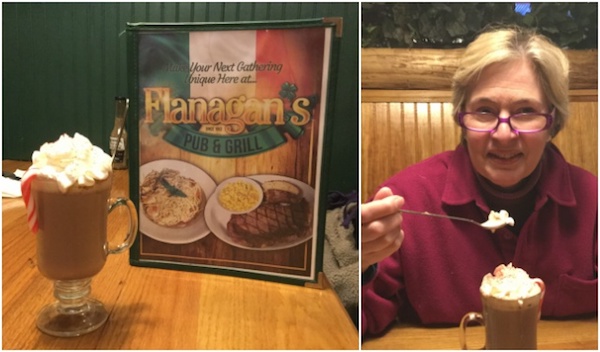

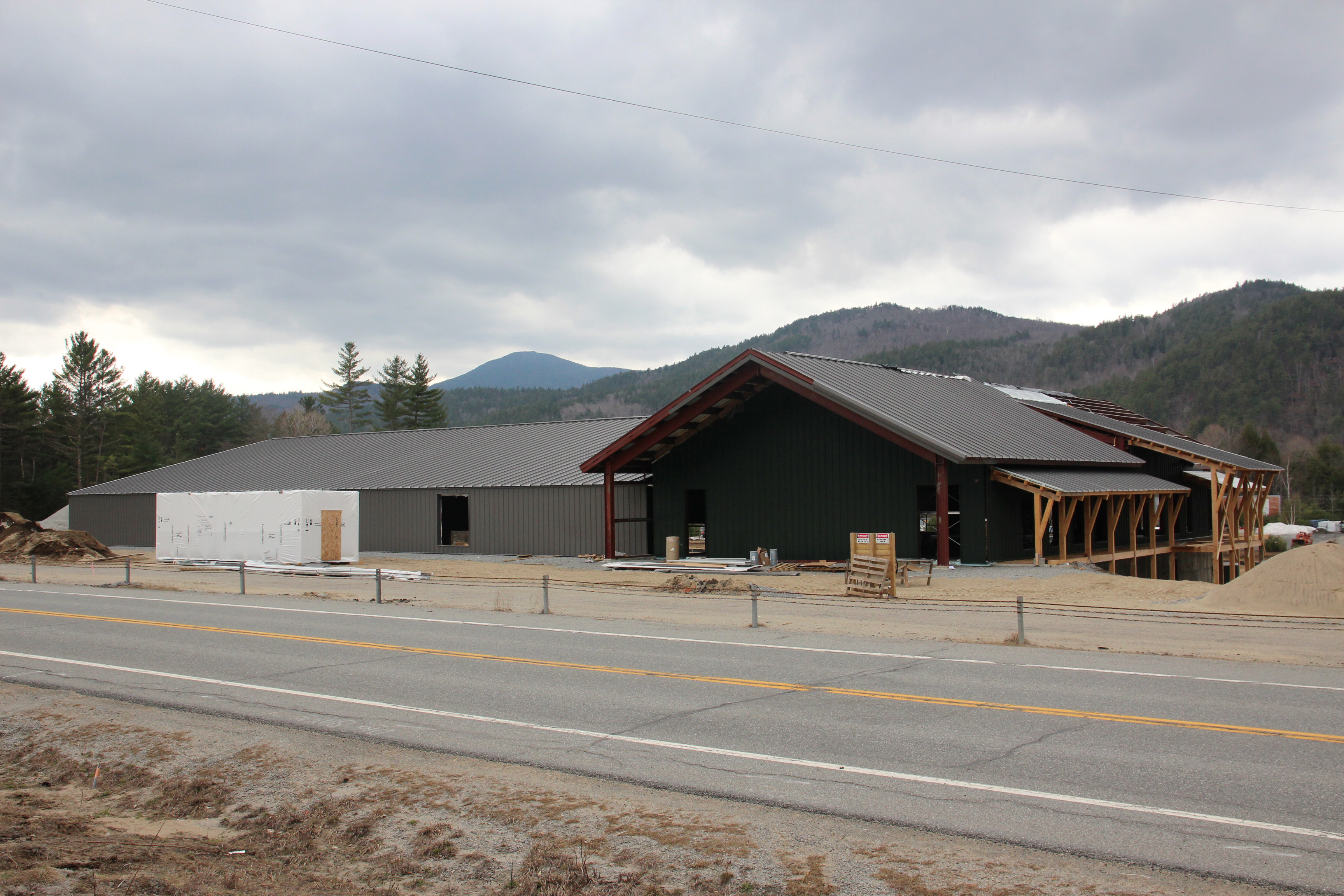
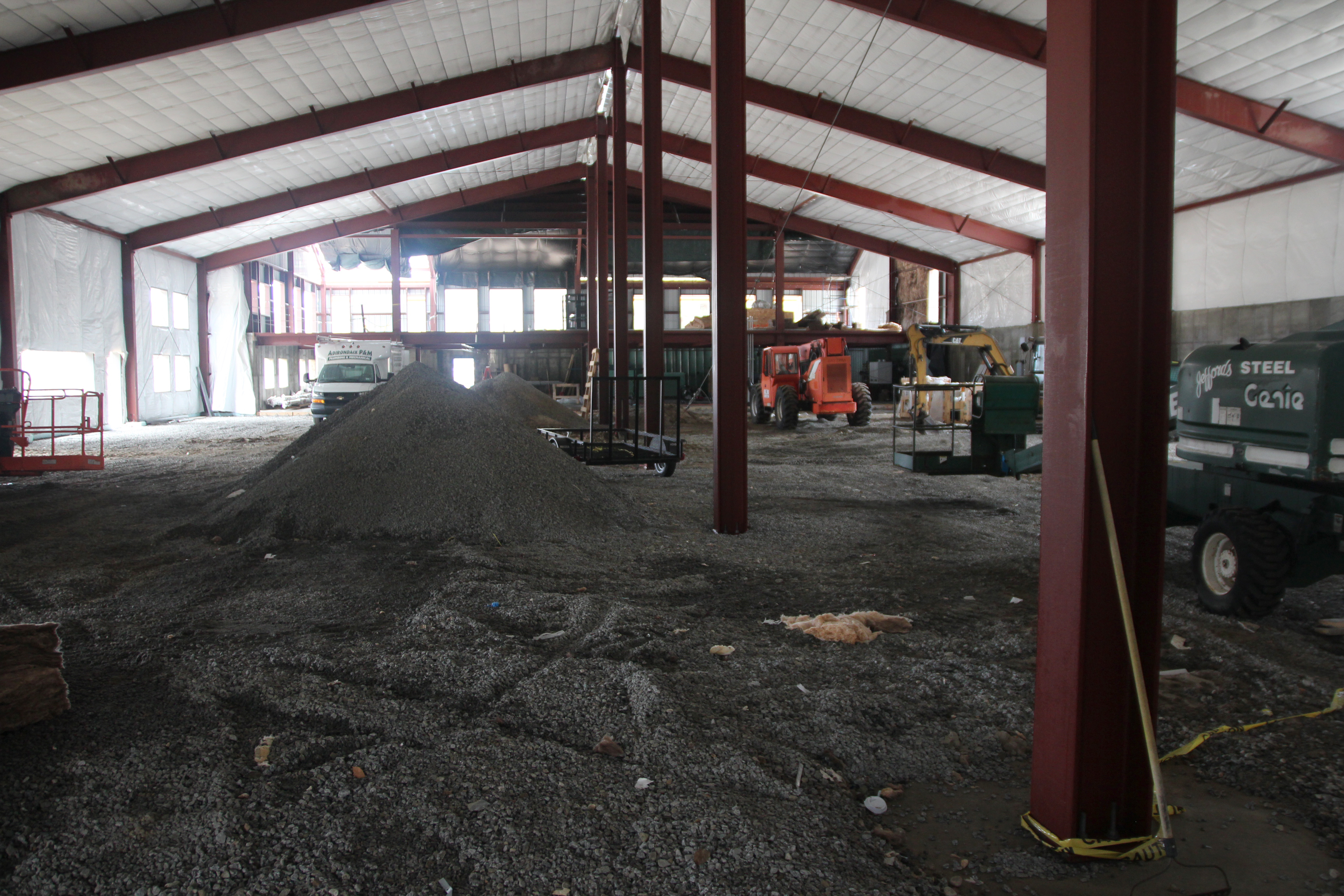
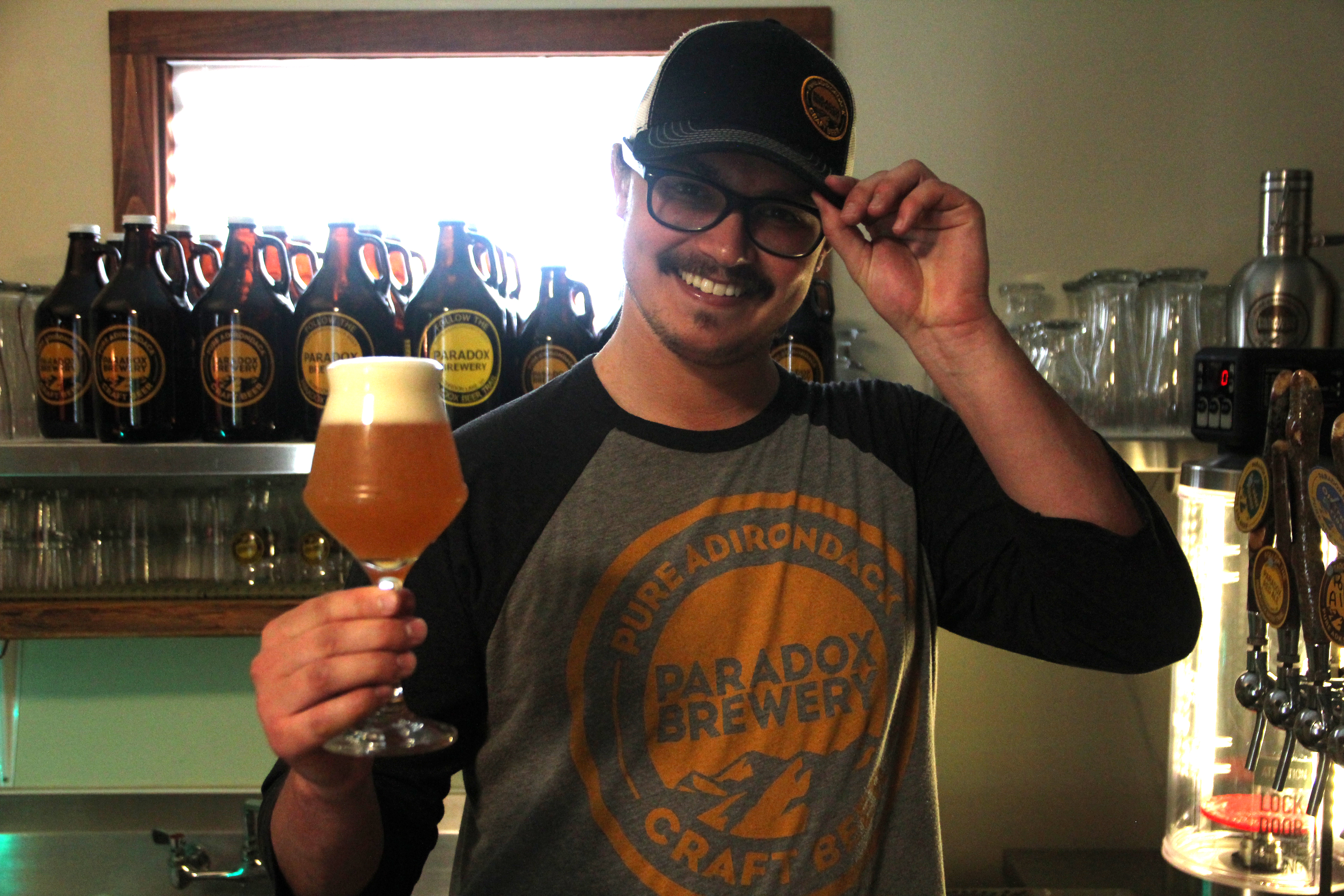
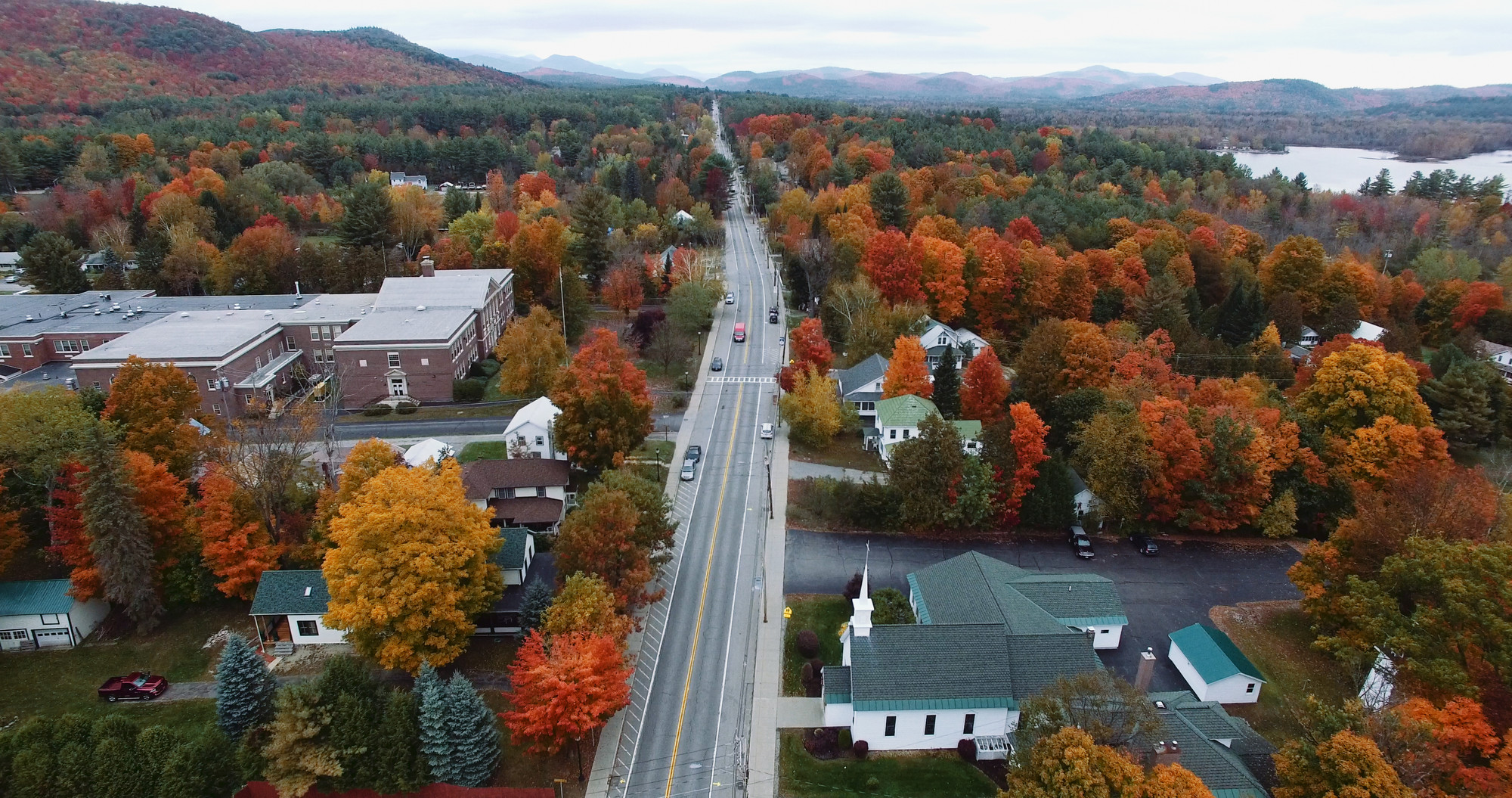

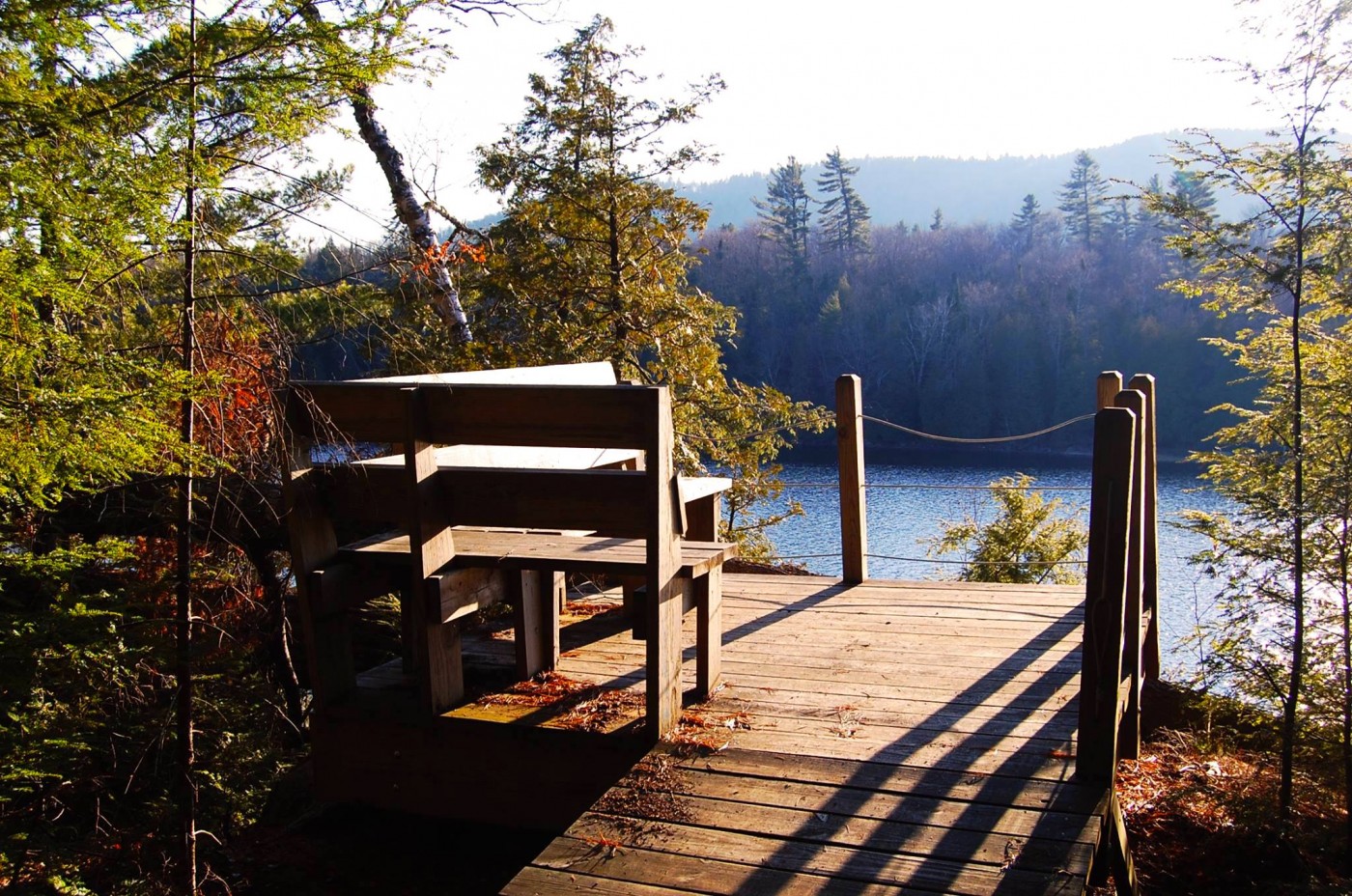
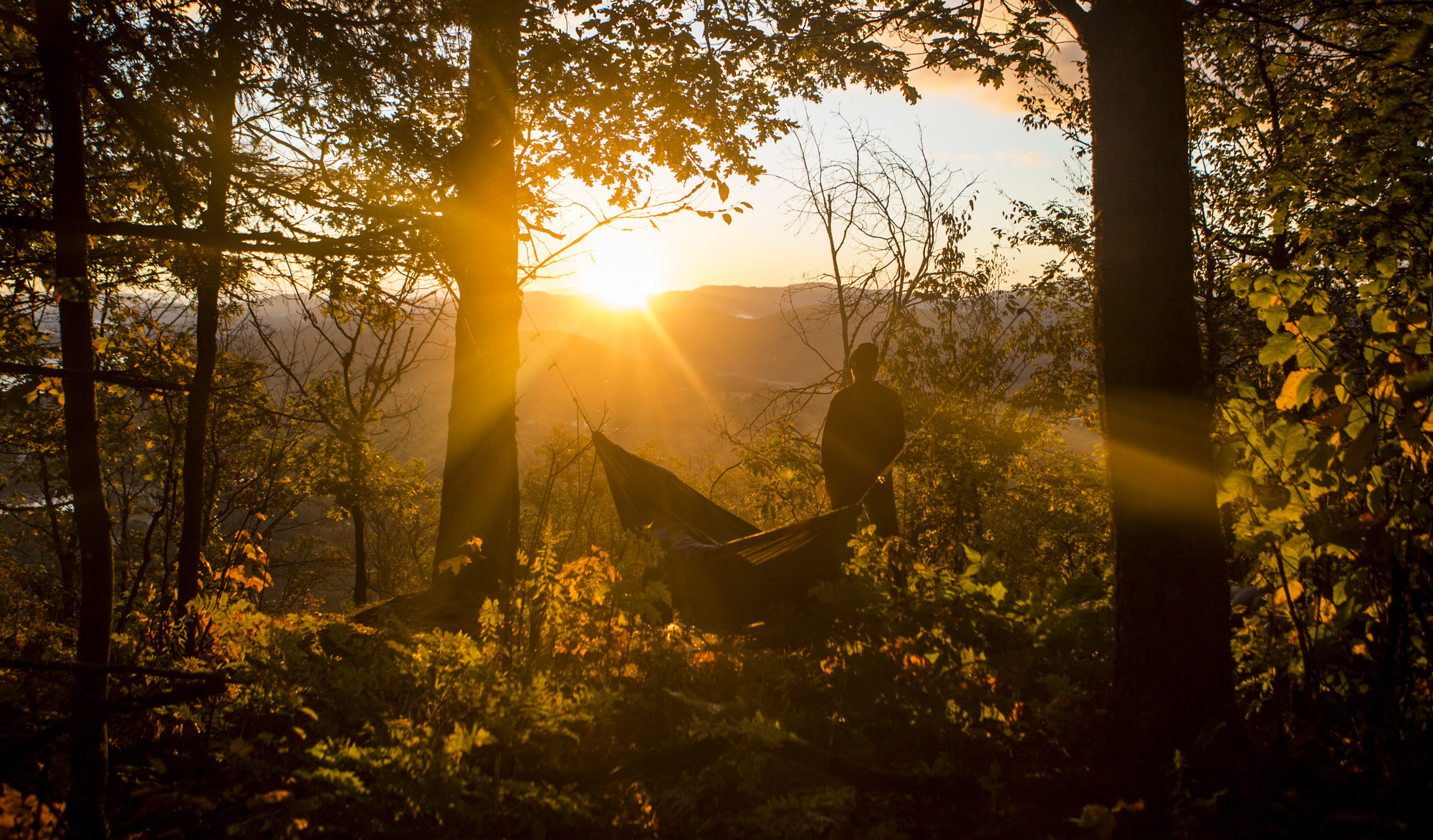
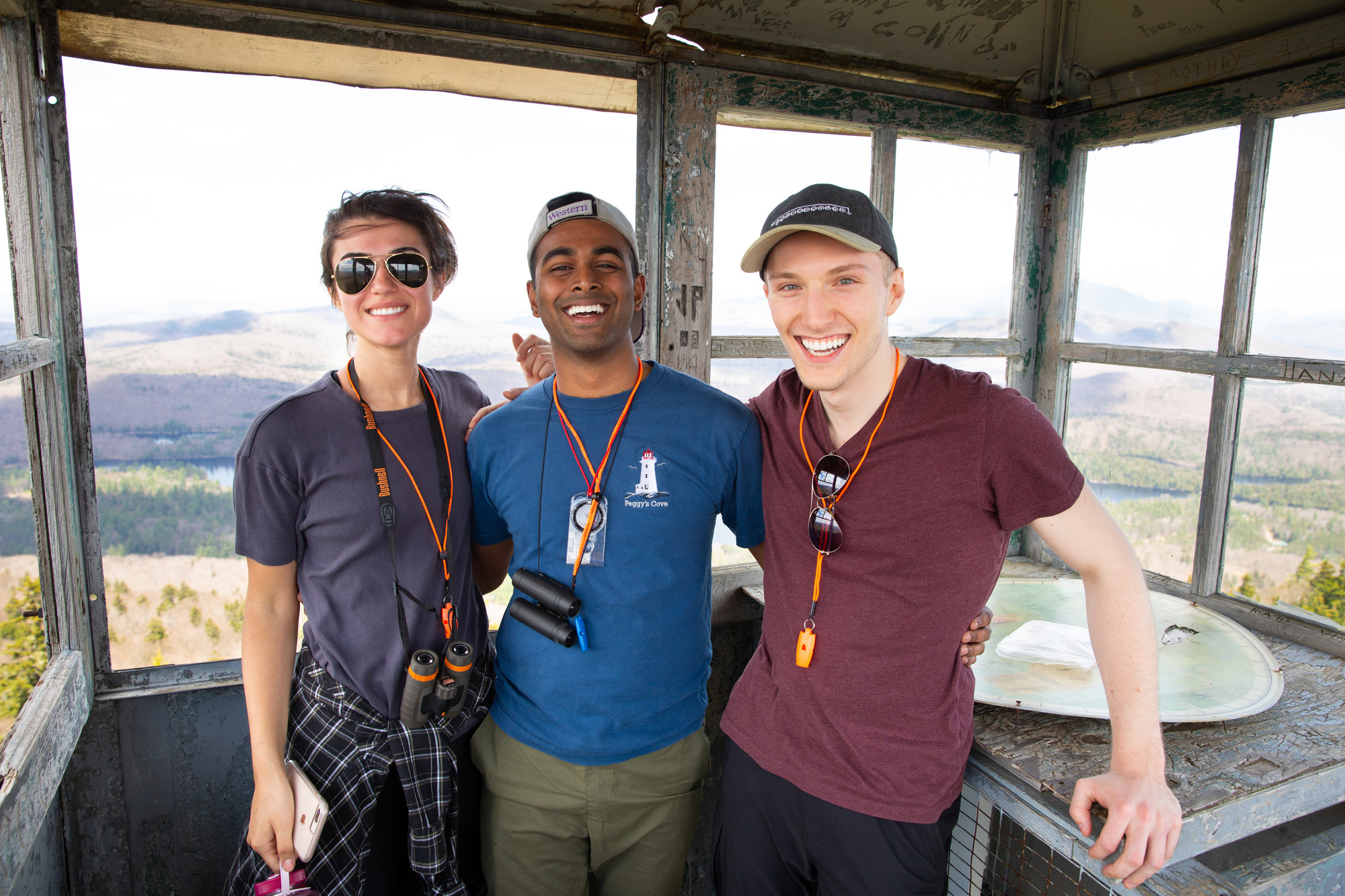
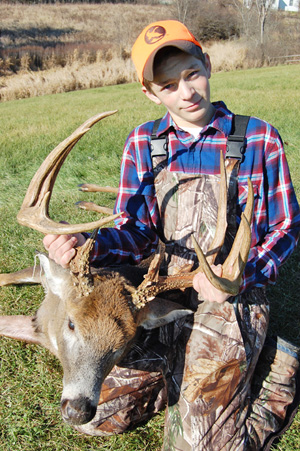 You can imagine that as editor of a statewide hunting andfishing publication, I see my share of big buck photos. And over the course of my newspaper career I've always been a hands-on kind of editor, so I manage to grab a camera with some regularity still and snap a few shots of big deer, big fish and turkeys.
You can imagine that as editor of a statewide hunting andfishing publication, I see my share of big buck photos. And over the course of my newspaper career I've always been a hands-on kind of editor, so I manage to grab a camera with some regularity still and snap a few shots of big deer, big fish and turkeys.
